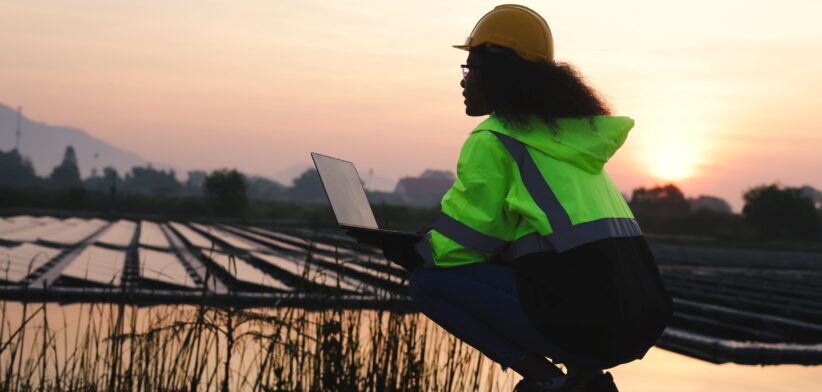Placing floating solar panels over irrigation dams could lessen evaporation and generate energy across Australia’s agriculture industry.
Research spearheaded by Ag Econ, with support from the Cotton Research and Development Corporation (CRDC), is testing the feasibility of installing floating solar photovoltaic (FPV) panels on irrigation storages.
Ag Econ Principal Climate Analyst & Economist Jon Welsh said the project addressed the critical issue of mitigating evaporation loss, improving drought resilience through improved water management and renewable energy generation that producers could offset or create income from, through Virtual Energy Networks.
Mr Welsh said the innovation could help solve some of the cotton industry’s biggest challenges – optimising water retention in the face of a hotter, drier climate, and reducing carbon emissions through the generation of clean energy.
“The ground-breaking research could save Australian cotton growers water and money, boost productivity, and set a crucial new industry environmental and sustainability standard” he said.
Mr Welsh said nearly half of water storage volume was lost each year to evaporation, and relocating just half of the current 16.6GW grounded solar panels to water storages could save 296GL of water a year.
He said the water saved via the FVPs could be used for additional crop production, domestic needs during droughts, water trading, or water for the environment.
“This project investigates a practical, sensible and proven solution to store valuable water for longer, building resilience into an irrigated farming system then able to produce more food and fibre” Mr Welsh said.
“Australia faces a critical trilemma of securing water, food, and clean energy. Incorporating floating FPV on storage dams will help address all of those challenges simultaneously.”
He said the project involved research partners the University of Southern Queensland and Macquarie University, to include agricultural industries outside of cotton, including grains, sugarcane, pecans, and rice.








